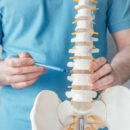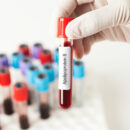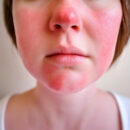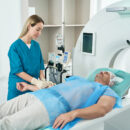What is COPD?
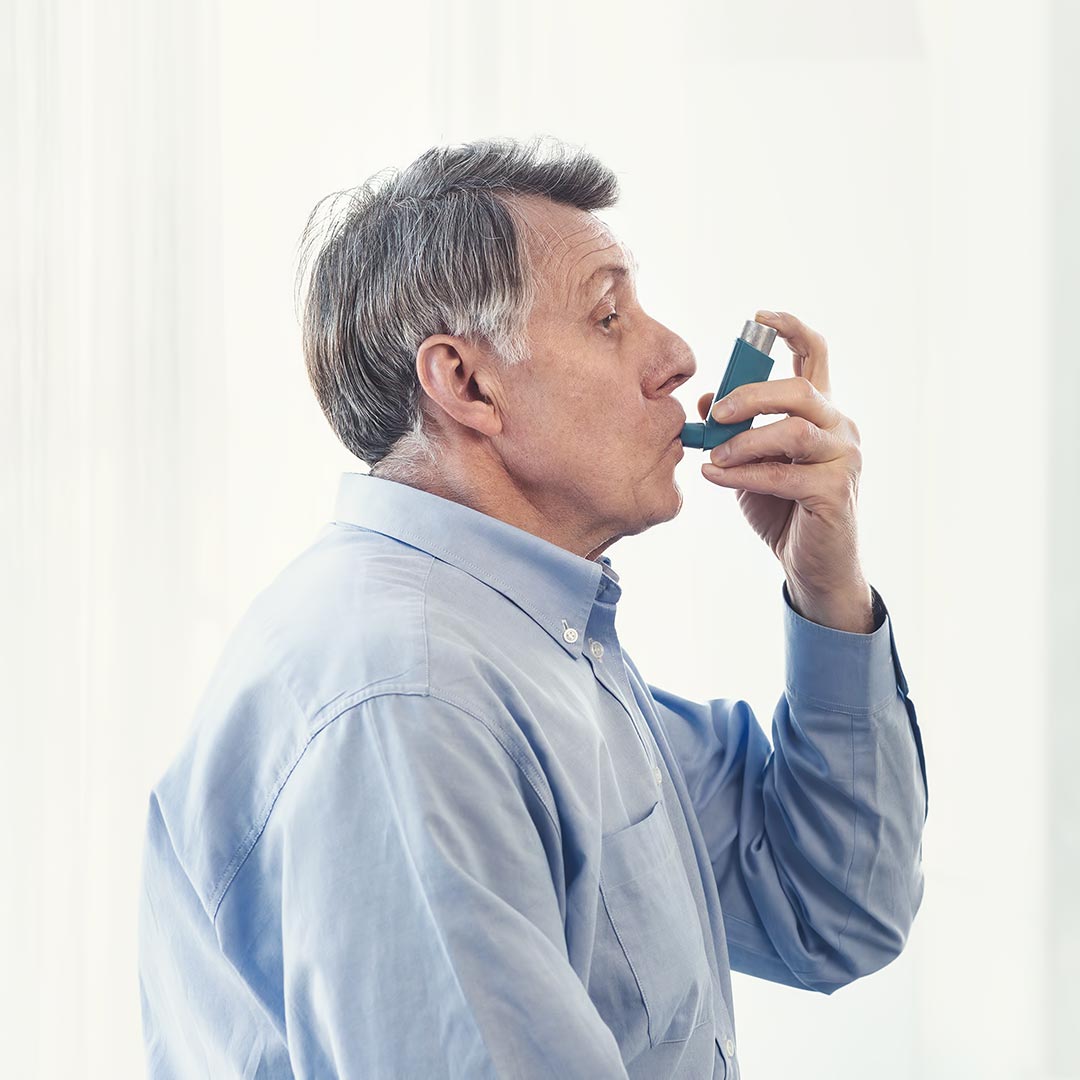
Chronic obstructive pulmonary disease (COPD) is a chronic condition that manifests as dyspnea, which is increasingly experienced due to inflammation in the airways. COPD is an umbrella concept that represents two separate diseases. These:
– Chronic bronchitis: It is a diagnosis made in the case of chronic phlegm cough lasting for at least two years and lasting more than three months a year.
– Emphysema: It can be defined as the formation of respiratory failure problem after the permanent expansion of the air sacs under the terminal bronchioles in the lung, the walls of the sac and the capillaries that provide oxygen transmission are damaged.
While COPD used to be more common in men, now it is possible to talk about an equal incidence between the sexes (1). COPD is a very common and deadly disease if the necessary precautions are not taken. It ranks 4th among the causes of death worldwide (2).
etiology
KOAH’a sebep olan başlıca neden sigara ve tütün kullanımıdır. KOAH rahatsızlığı çeken kişilerin %90’ında uzun süreli sigara ve tütün kullanımı mevcuttur. Fakat, öte yandan uzun yıllar sigara içen kişilerin sadece %20’sinde KOAH rahatsızlığı görülmesi (3), sadece sigara değil, muhtemelen genetik ve çevresel başka faktörlerin de KOAH hastalığının gelişiminde bir rolü olduğunu düşündürmektedir. Yani, KOAH olan insanların büyük bir bölümü sigara içen kişiler iken, her sigara içen kişinin KOAH olmadığını söylemek mümkündür. Sigara ve tütün kullanımının yanı sıra, endüstriyel hava kirliliği ve prematür doğum da çevresel faktörler arasında gösterilir.
In addition, it is known that both genetic and immune system related problems such as Alpha-1 antitrypsin deficiency, IgA deficiency and Kartagener's disease are among the causes of COPD that are not related to smoking and tobacco. Studies have shown that Alpha-1 antitrypsin deficiency is present in %5 of all COPD patients (4).
Since COPD usually manifests itself in advanced ages, it is useful to investigate genetic and immune problems, especially in people under the age of 50.
Clinical Findings
There are also people who have no symptoms at the time of diagnosis and are completely asymptomatic, and there are also people who present with severe symptoms and are on the verge of respiratory failure (5). It is possible to say that there is a wide range of clinical signs and complaints. In general, the complaints of the patients can be listed as follows according to the frequency of occurrence (6):
- Long-lasting and never-ending cough with phlegm. Sputum is usually observed more in the morning.
– At first felt only with physical activity, but later seen normally shortness of breath.
– Tachycardia and rapid breathing
– weight loss
– Cyanotic (blue color of the skin) image that may occur due to oxygen deficiency
– Standing edema, which manifests itself with advanced heart failure, stretching the vessels in the neck and becoming more visible
– The chest takes a barrel-like shape, especially in emphysema patients, as it is easier to breathe by getting help from the chest muscles, as there is difficulty in breathing.
Tests and Examinations
Diagnosis is usually first made by GPs or primary care physicians in most countries; Afterwards, it is placed by chest specialist doctors and treatment is started if necessary. The tests and examinations required for diagnosis are as follows:
- Physical examination
Percussion: Hyperinflation of the lungs above normal, resulting in an even more resonant sound than normally achieved.
Auscultation: When the lungs are rested with the help of a stethoscope, wheezing is heard during breathing, and the exhalation phase takes longer. In advanced cases, it is also possible to not hear breath sounds.
– Pulmonary Function Tests
Measurement of parameters such as FEV and FVC with spirometry and determination of capacitance.
Bronchodilator Test: Re-spirometry and differentiation of asthma and COPD after the use of a drug called bronchodilator, which is used by asthma patients to relax and open their airways.
– Blood Gas and Oximeter Analysis
The oximeter is an instrument that measures the oxygen level from the finger and shows the oxygenation of the body.
Kan gazı, şayet oksimetre’de oksijen seviyesi %92’nin altında tespit edilirse uygulanır. Kan gazında oksijen ve karbondiyoksit parametreleri incelenir.
– Display
Chest X-ray: CXR, that is, chest X-ray, does not help much in the early stages of the disease, as it does not show many findings in the first place. In progressive COPD, there are findings such as a barrel-shaped appearance, hyperinflation of the lungs, and flattening of the diaphragm level.
– Laboratory Tests
Alpha 1-antitrypsin level: It should be applied to everyone under 50 and non-smokers.
Hematocrit: In the case of an increase in erythropoietin level due to chronic oxygen deficiency and secondary polycythemia, an increase in hematocrit level is observed.
Treatment
Treatment is usually tailored to the individual. For treatment, the level of the person's discomfort is determined and it is decided whether the use of medication is necessary.
Quitting smoking in the first place is the most important start of treatment. In addition, breathing exercises, physical activity and vitamin D supplementation should be considered if there is a deficiency.
Depending on the level and progression of the disease, drugs called bronchodilators, corticosteroids, and parasympatholytics may be considered (7). This adjustment is made by your physician, and the situation is evaluated periodically and the drug protocol is changed if necessary.
Influenza and pneumonia vaccines are very important, especially in elderly patients, in order to prevent acute COPD attacks.
Dr. Ahmet Ozyigit, MD
Elite Research and Surgical Hospital
Contact Us For Appointment:
Telephone line: 0392 444 3548 (ELIT)
Contact Form: https://www.elitenicosia.com/iletisim/
References
(1) GBD 2015 Chronic Respiratory Disease Collaborators. Global, regional, and national deaths, prevalence, disability-adjusted life years, and years lived with disability for chronic obstructive pulmonary disease and asthma, 1990-2015: a systematic analysis for the Global Burden of Disease Study 2015. Lancet Respir Med. 2017 Sep;5(9):691-706.
(2) Centers for Disease Control and Prevention, National Center for Health Statistics. Underlying cause of death, 1999-2017. CDC WONDER [database online]. Atlanta, GA: Centers for Disease Control and Prevention; 2018. https://wonder.cdc.gov/ucd-icd10.html. Accessed Nov 17, 2020.
(3) Chang J, Mosenifar Z. Differentiating COPD from asthma in clinical practice. J Intensive Care Med. 2007;22:300–309.
(4) Brode S, Ling S, Chapman K. Alpha-1 antitrypsin deficiency: a commonly overlooked cause of lung disease. Canadian Medical Association Journal. 2012;184(12):1365-1371.
(5) Singh D, Agusti A, Anzueto A, Barnes PJ, Bourbeau J, Celli BR, Criner GJ, Frith P, Halpin DMG, Han M, López Varela MV, Martinez F, Montes de Jan M, Papi A, Pavord ID, Roche N, Sin DD, Stockley R, Vestbo J. structive Lung Disease: the GOLD science committee report 2019. Eur Respir J. 2019 May;53(5)
(6) Devine JF. Chronic obstructive pulmonary disease: an overview. Am Health Drug Benefits. 2008;1(7):34–42.
(7) Rabe KF, Hurd S, Anzueto A, et al. Global strategy for the diagnosis, management, and prevention of chronic obstructive pulmonary disease: GOLD executive summary. Am J Respir Crit Care Med. 2007; 176: 532–555







